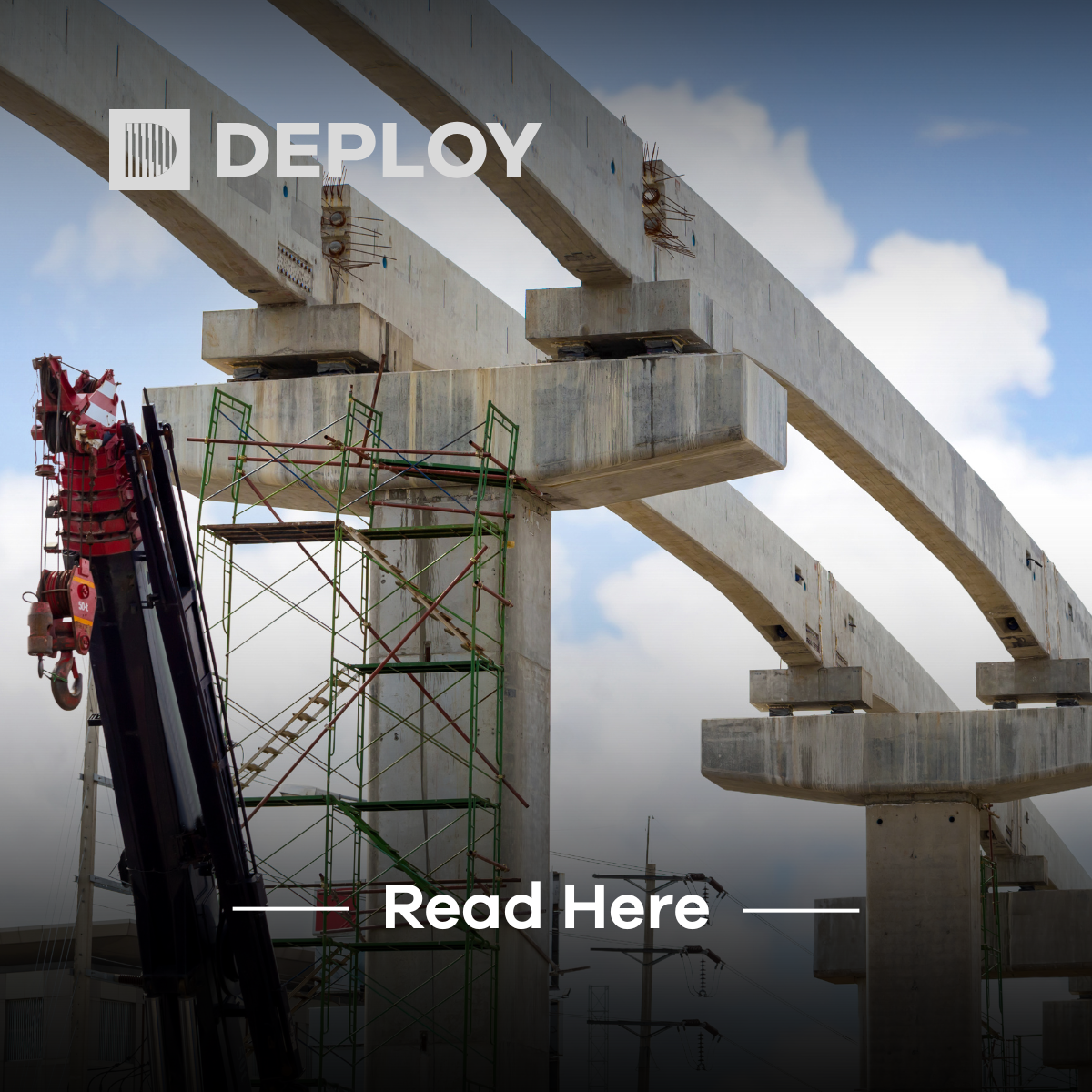The Future of Sustainable Transport: Key Rail Projects to Watch in 2025
In the quest for a greener, more sustainable future, the rail industry is leading the charge in transforming global transportation
Rail has long been recognised as one of the most energy-efficient modes of travel, with its ability to move people and goods on a large scale while producing significantly lower greenhouse gas emissions than road or air transport. As the world grapples with the urgent need to combat climate change, 2025 will see the continued rise of groundbreaking rail projects designed to prioritise sustainability, reduce carbon footprints, and foster environmental responsibility. This article explores some of the most transformative rail projects on the horizon for 2025, each showcasing innovation, forward-thinking design, and a commitment to a sustainable future.
The High-Speed Rail Renaissance: HS2 (United Kingdom)
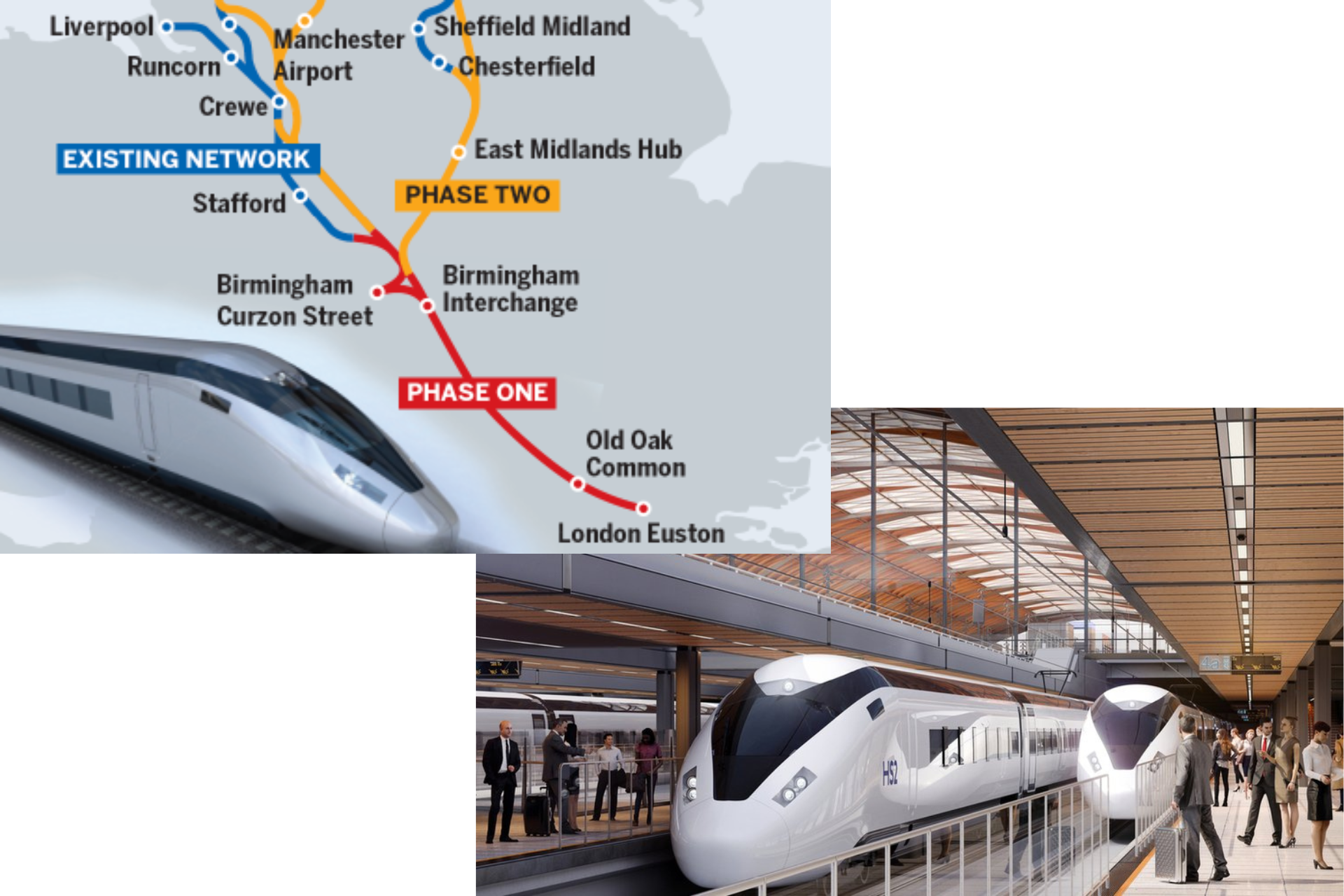
One of Europe’s most ambitious infrastructure projects, High-Speed 2 (HS2), is redefining what sustainable rail can achieve. Designed to connect major cities across the UK, including London, Birmingham, Manchester, and Leeds, HS2 aims to take cars off the roads and reduce domestic air travel by offering faster, more efficient train services.
The project incorporates numerous sustainability features:
- Net-zero Construction: HS2 has committed to achieving net-zero carbon emissions during construction and operation by 2035.
- Innovative Materials: Low-carbon concrete and environmentally-friendly steel are being utilised throughout the project.
- Environmental Stewardship: Extensive green corridors are being created along the route to protect local ecosystems and wildlife.
Once operational, HS2 is expected to save 300,000 tons of carbon dioxide annually by shifting travel demand to rail.
The Hydrogen Frontier: Germany’s Coradia iLint Fleet
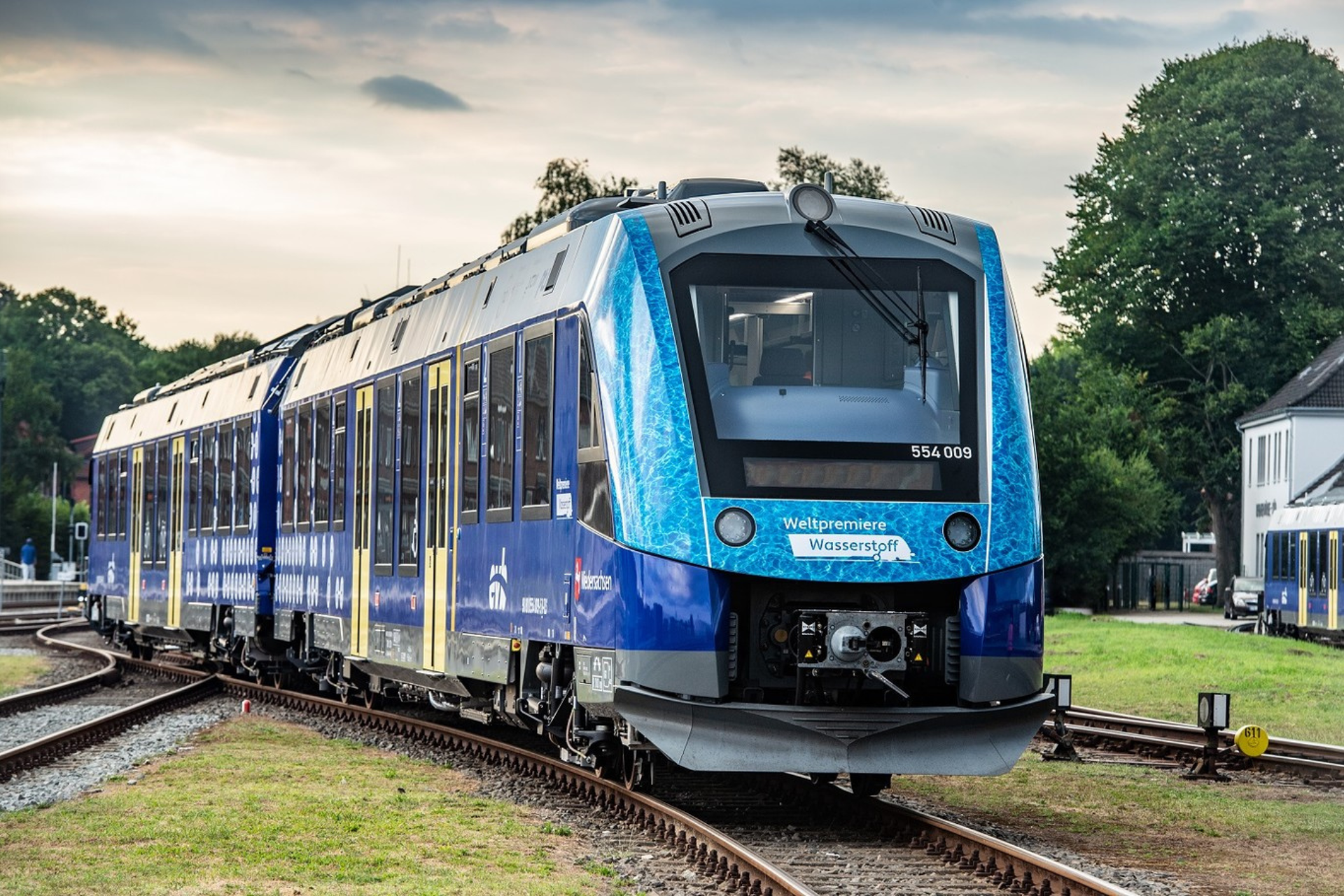
Germany has taken a leadership role in hydrogen-powered transport with its fleet of Coradia iLint trains—the world’s first passenger trains powered entirely by hydrogen fuel cells. As these trains roll out across Lower Saxony and neighbouring regions, 2025 will mark a milestone year for this pioneering technology.
Key highlights include:
- Zero Emissions: The trains emit only water vapour, eliminating the greenhouse gases associated with diesel-powered trains.
- Scalability: Hydrogen-powered trains are a game-changer for non-electrified routes, offering a sustainable alternative to traditional locomotives.
- Expanding Reach: Germany’s success has spurred interest in hydrogen rail technology across Europe and beyond.
By adopting hydrogen trains, Germany is proving that sustainable rail innovations can be scaled globally to decarbonise transportation networks.
Electrifying the Future: California High-Speed Rail (United States)
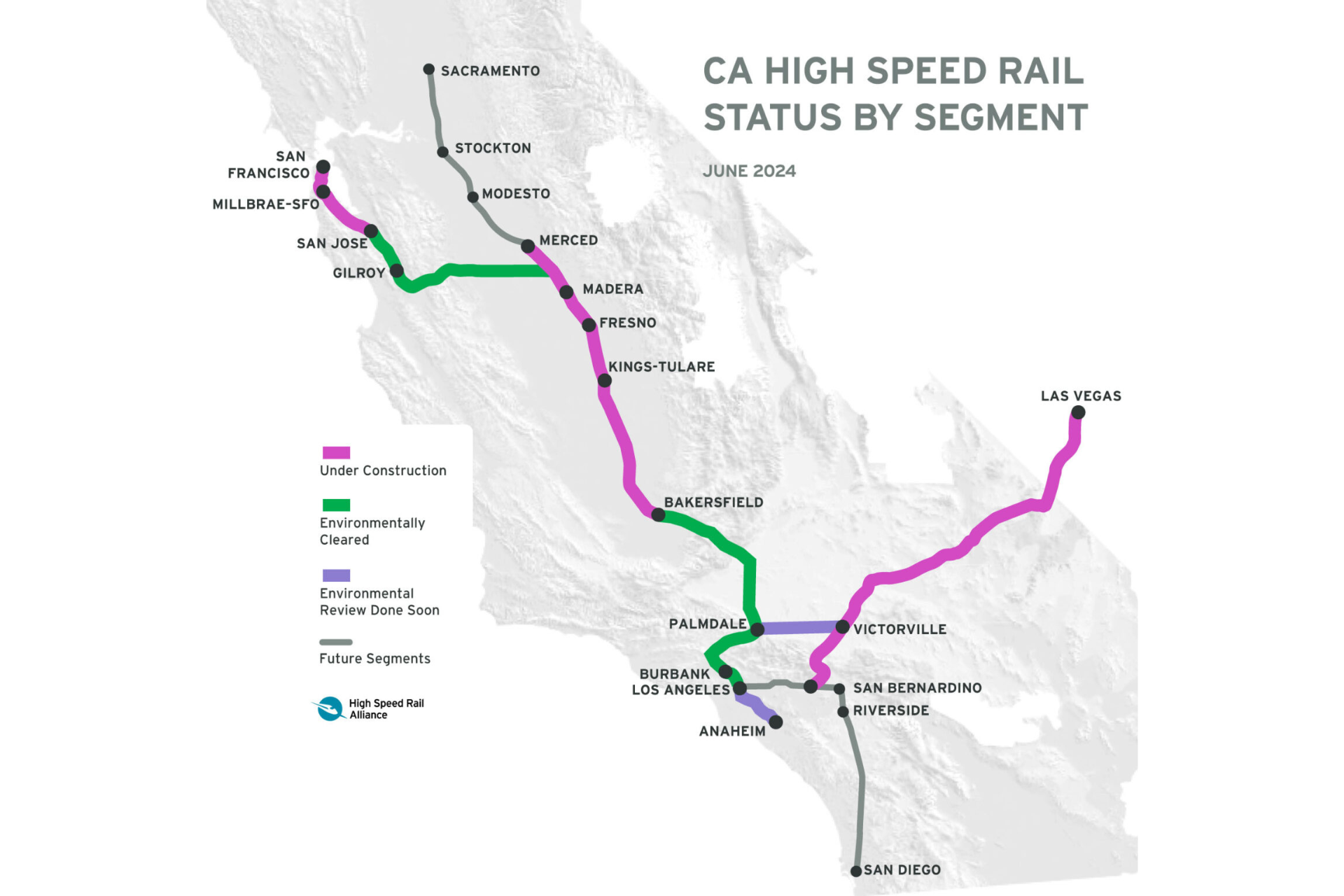

The California High-Speed Rail (CHSR) project, a flagship initiative in the United States, exemplifies how rail can drive a transition to clean energy in one of the world’s largest economies. Designed to connect Los Angeles and San Francisco in under three hours, the CHSR is setting new benchmarks for sustainable infrastructure.
Sustainability measures include:
- 100% Renewable Energy: The system will be powered exclusively by renewable energy sources, ensuring zero operational emissions.
- Land Conservation: Efforts are being made to minimise environmental disruption during construction and preserve agricultural land.
- Long-Term Impact: By shifting intercity travel from planes and cars to trains, CHSR is projected to reduce vehicle miles traveled by 4.2 billion annually by 2040.
This project underscores the potential for high-speed rail to reduce reliance on fossil fuels and promote greener urban connectivity.
Asia’s Sustainable Trailblazer: Mumbai-Ahmedabad High-Speed Rail (India)
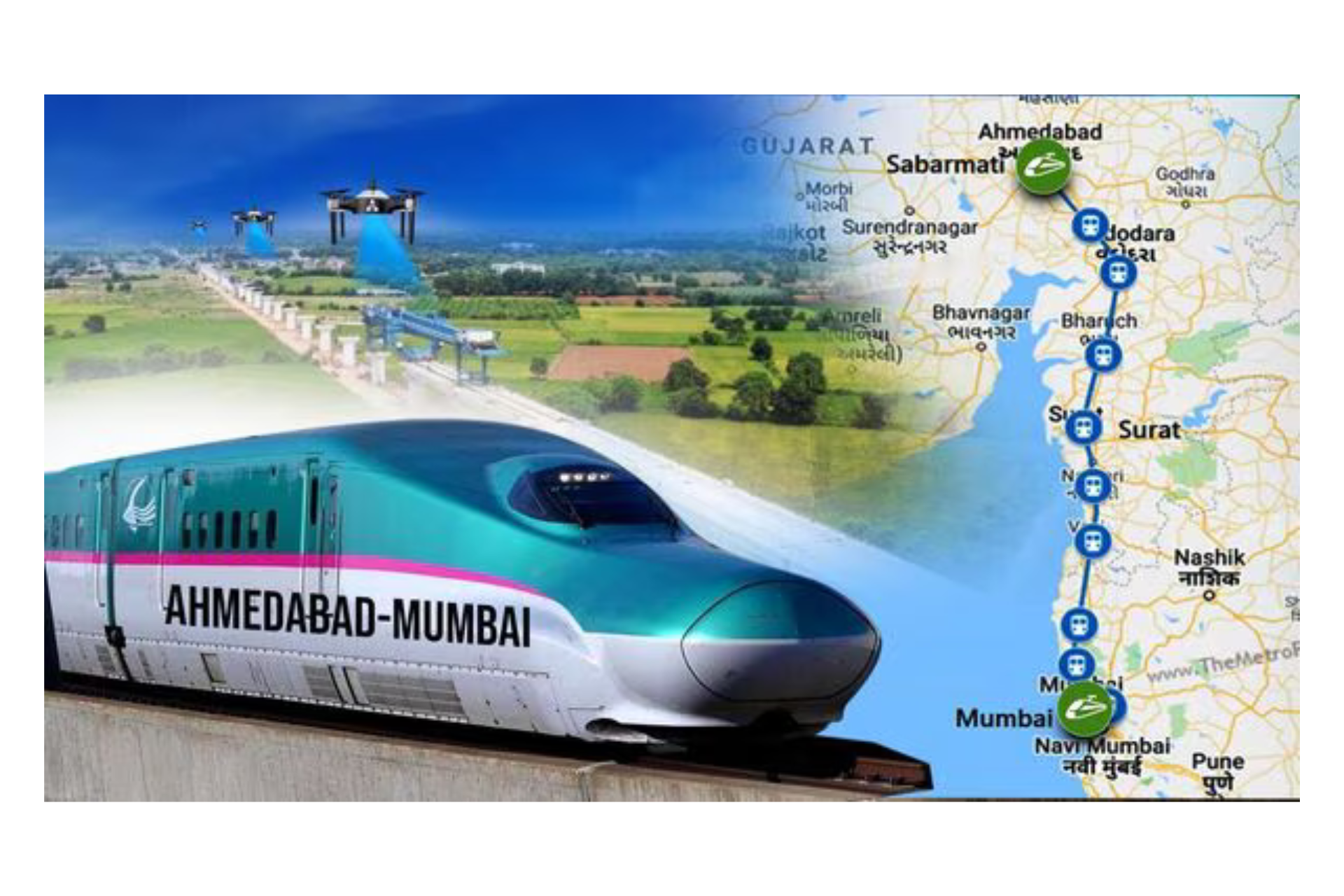
In India, the Mumbai-Ahmedabad High-Speed Rail (MAHSR) project is bringing sustainability to one of the world’s most populous regions. Known as the "Bullet Train," this transformative initiative blends cutting-edge technology with a commitment to environmentally responsible development.
Sustainability initiatives include:
- Energy Efficiency: The rail system will operate on a fully electrified network, dramatically cutting emissions compared to road and air travel.
- Social Impact: Beyond environmental benefits, the project will create jobs, improve regional mobility, and spur economic growth.
- Reduced Congestion: By offering a high-speed alternative, the project aims to alleviate the strain on India’s congested road networks.
MAHSR showcases how sustainable rail projects can drive socio-economic progress while addressing environmental concerns.
Europe’s Green Heart: Fehmarnbelt Tunnel (Denmark-Germany)
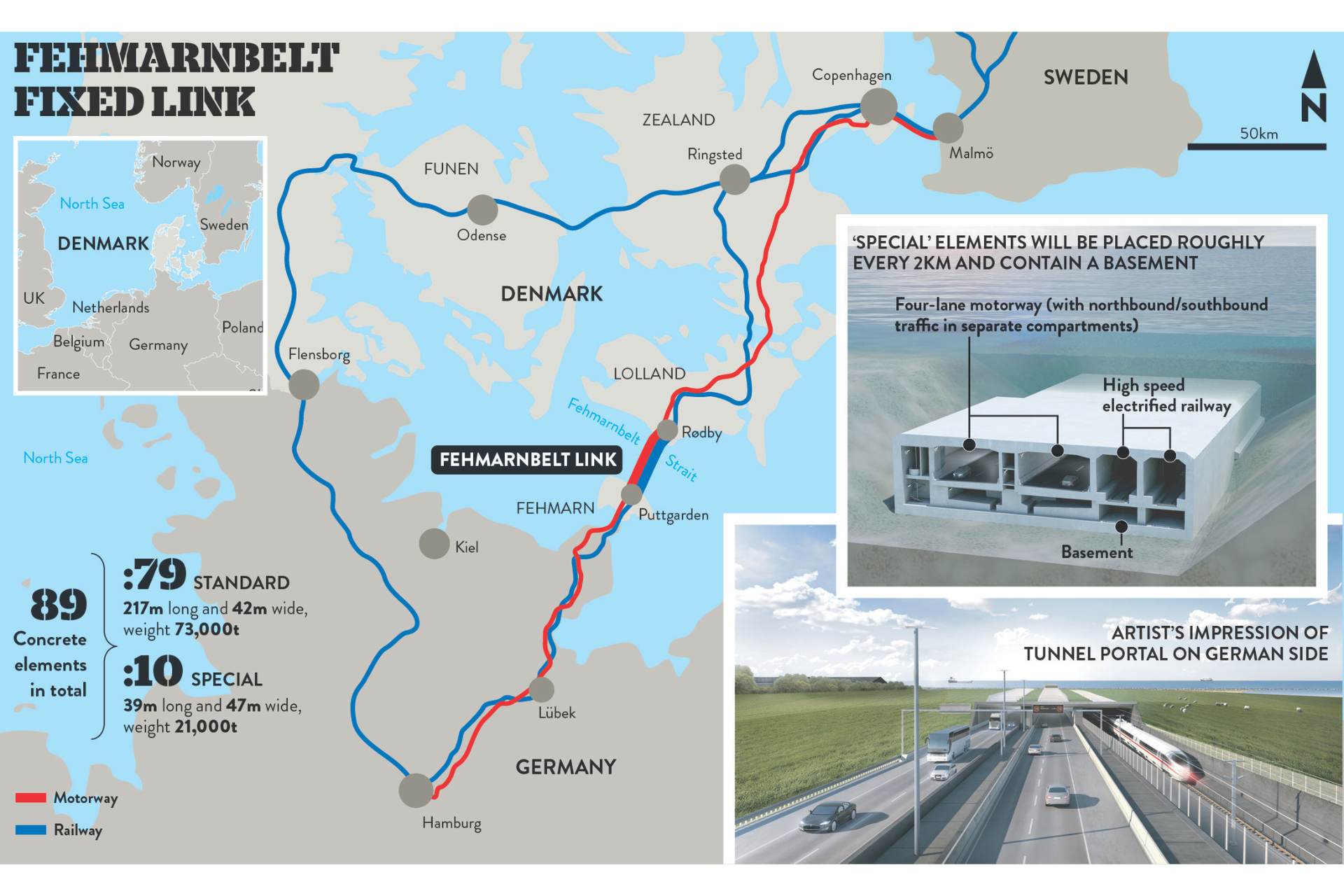
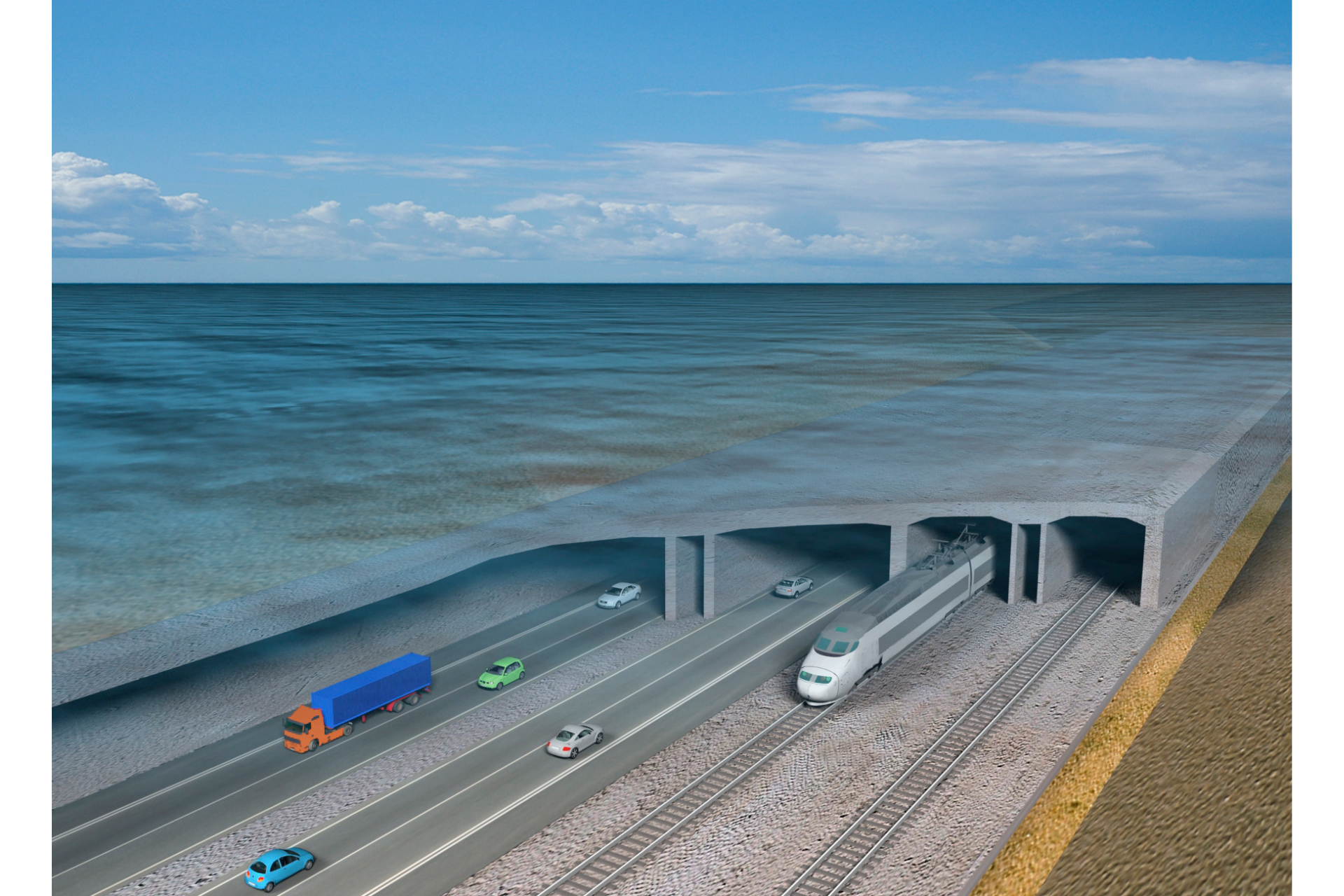
While not a traditional rail line, the Fehmarnbelt Tunnel will revolutionise rail connectivity between Denmark and Germany when completed. This 18-kilometer immersed tunnel, designed to accommodate high-speed trains, represents a critical step toward seamless, sustainable travel across Europe.
Environmental highlights include:
- Modal Shift: By reducing ferry and road traffic, the tunnel will encourage more travelers to choose rail for cross-border journeys.
- Renewable Construction Practices: The project is leveraging innovative techniques to minimise its environmental footprint.
- Reduced Emissions: Travel times for freight and passenger trains will be drastically reduced, decreasing emissions from other transport modes.
This project aligns with the EU’s goals to create a more integrated and sustainable transportation network, reinforcing rail as a backbone of eco-friendly travel across the continent.
Looking Ahead at The Global Commitment to Rail Sustainability
The rail projects of 2025 represent more than just engineering marvels—they signify a global commitment to addressing climate change through sustainable infrastructure. Each initiative demonstrates the transformative potential of rail to reduce greenhouse gas emissions, improve mobility, and promote social and economic progress.
The integration of renewable energy, hydrogen technology, and electrification is setting new benchmarks for what rail can achieve. Moreover, these projects underline the importance of collaboration between governments, private stakeholders, and local communities to drive sustainable innovation.
The Role of Recruitment in Rail’s Green Revolution
As these projects move forward, the rail industry’s success depends on a skilled and dedicated workforce. Engineers, project managers, environmental specialists, and technicians play a pivotal role in bringing these ambitious visions to life. Workforce readiness, safety, and well-being are more critical than ever as the sector embraces new technologies and sustainability goals.
At Deploy, we are proud to support these transformative projects by connecting organisations with the talent they need to build a sustainable future. Our expertise in infrastructure recruitment ensures that the rail industry has the workforce required to overcome challenges and deliver innovative solutions.
Our Concluding Thoughts
As the rail industry charges ahead into 2025, the projects highlighted here demonstrate its vital role in shaping a sustainable transport future. These initiatives showcase how rail can reduce carbon footprints, enhance connectivity, and drive global progress.
Whether through high-speed networks, hydrogen-powered trains, or revolutionary tunnels, rail is proving to be an indispensable part of the solution to our planet's most pressing challenges.
For organisations and professionals working in rail and infrastructure, this is a time of immense opportunity and responsibility. If you’re leading or contributing to projects that aim to transform the transportation landscape, Deploy is here to support you in achieving your goals. Contact our recruitment experts today to explore how we can help your team thrive in this era of innovation.


